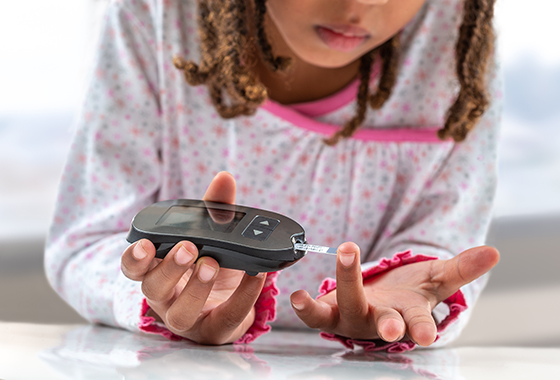Data show racial disparities in type 1 diabetes treatment and outcomes in non-Hispanic Black (NHB) children in the US. NHB children are less likely to be treated with diabetes technology, have poorer glycemic control and higher rates of diabetes complications and diabetes-related mortality than non-Hispanic white children. There is much to be done to ensure equitable care, but as yet, structural racism has not been a focus.
Tag: Terri Lipman

Addressing the Impact of Structural Racism on Disparities in Children with Type 1 Diabetes
Advancements in diabetes technology have improved quality of life and glycemic control in children with type 1 diabetes. However, data show that a subset of children is being left behind. Those from low-income families and non-Hispanic Black (NHB) children are not experiencing benefits associated with technological advances, and are at higher risk for diabetes complications and adverse outcomes through ongoing poor glycemic control.

Racial Disparities in Pediatric Diabetes Treatment
Type 1 diabetes (T1D) is the third most common pediatric chronic disease in the United States, and the risk of the disease has risen sharply in non-Hispanic Black (NHB) children in the last 20 years, data show. Ironically, the significant advances in T1D therapeutics over recent years, especially new technologies, may have exacerbated racial disparities in diabetes treatment and outcomes

15-Year Trend Persists in Disparate Insulin Pump Use in Children
Insulin pumps are widely used in the management of type 1 diabetes (T1D) and reviews have shown insulin pump therapy to be associated with improved glycemic control, fewer severe hypoglycemia events, and improved quality of life. Yet, non-Hispanic white children (NHW) are more than twice as likely as non-Hispanic Black children (NHB) to use this technology.